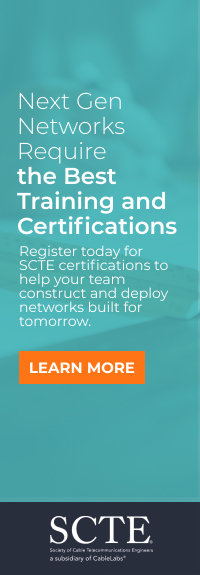Drones, GenAI and the Need for Collision Avoidance Communications Protocol
There is a more fundamental problem with centralized systems in times of natural disasters.
Academics in China are studying centralized, automated control systems. In their proposals, vehicles would be equipped with sensors and wireless communication systems that connect them to a
central site(s). Connection to the central site would be centrally controlled through a modified cellular network. Everything would file a flight plan and be under complete automated central
control. Such a centralized approach is consistent with the current cultural, political, and economic situation in China. Unfortunately, this approach has serious problems. The proposed cellular
modification is to reorient base station antennas to point up.
Even with this change, there are problems with cellular coverage, power consumption, security and reliability. Flight plans may not accurately predict actual flight. Things like wind,
weather, and children flying kites, plus consumer or vendor changes will make pre-filed flight plans only estimates of what will actually transpire. Not reliable predictions. Getting
feedback from sensors on the aircraft may help, but all of this is subject to delays in processing, round-trip propagation. Also, capacity problems with cellular systems shared by
consumers, public safety teams, as well as air traffic control will create difficulty for scaling.
There are also fundamental problems with centralized control systems. The recent experience at Newark International Airport with outages of the air traffic control system show the possibility of failure.
Centralized systems can be designed and maintained to avoid these kinds of failures. But not eliminate them. There is a more fundamental problem with centralized systems in times of natural
disasters. Centralized systems depend on the underlying infrastructure. In hurricanes, floods, and wildfires, the underlying infrastructure is often knocked out. Without infrastructure,
central site systems can become ineffective or inoperable. During and immediately after such natural disasters, drone delivery and air taxi services may be critical. Demands and resulting traffic
could peak, creating both more need and more risk of collision.
What seems to be the most promising approach is to develop a protocol that intelligent agents in each aircraft can use to communicate directly with their neighbors, supported by sensors in each
aircraft. Here, GenAI can provide effective help. This kind of distributed control can be seen as analogous to the distributed control found in Ethernet and Wi-Fi. It could also rely on
unlicensed frequency in a similar fashion to Wi-Fi.
Such a protocol can take advantage of another historical development that has and is, working well. When motorized sea-going vessels first appeared, they had to co-exist with many legacy
sail-powered vessels. The simple rule of the sea that was developed was that a sail-vessel always had the right away over a motorized vessel. The logic was that motorized vessels had more
ability to maneuver. This rule of the sea worked well and is still in use today. An analogous rule of the air would be that all legacy aircraft have the right of way over drones, air
taxis, and other types that might emerge. This rule of the air could be part of the new low-altitude collision avoidance protocol.
Protocol Implementation
Some propose that these matters be sorted out by existing cellular standards groups, such as 3GPP’s 6G efforts. There are two problems with this approach: time and knowledge.
The development of a new cellular standard takes a long time. Then, there is further delay while the new standards are designed into equipment, the equipment is purchased by cellular operators,
the new equipment is fielded, and resulting networks are debugged, etc. To make matters worse, there is not support for a new cellular standard amongst the operator community. It seems highly
unlikely that a new standard would be in full operation in time to meet the needs of this rapidly growing industry segment.
The needs of the drone and air taxi industries are not well represented in cellular standards groups. These groups are dominated by the largest cellular manufacturers and network operators. They
know quite a bit about what is needed to make cellular networks operate with economics that support their existing business. However, they do not have extensive knowledge of autonomous aircraft
and their operational and business needs.
What worked well in the development of LANs was for a group with deep knowledge and strong economic interests in a good solution to join together to create such a protocol. In this case, those
with the deepest knowledge and the strongest economic interests are the autonomous aircraft equipment and service providers.



















